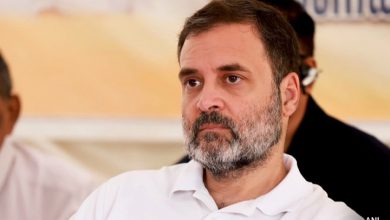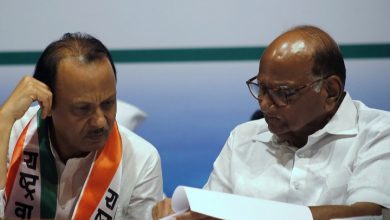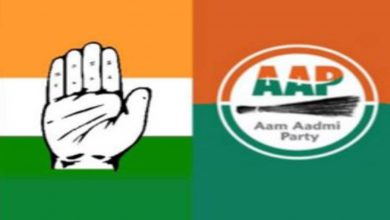Gurugram school murder : Bar Association refuses to appear on behalf of accused

While protests are being held at several places following the murder of the Ryan International School’s washroom in Gurgaon yesterday, one report missed public interest recently.
The report by an international development group red-flagged the safety of school children in India. A survey conducted by ChildFund Alliance recently showed that one in every three children in Indian schools feels unsafe.
CHILDFUND ALLIANCE REPORTThe report was released in February this year by ChildFund Alliance on the basis of its study in 41 countries including India. The results of the global survey by ChildFund Alliance titled, Small Voices, Big Dreams, showed that the safety concerns of children included corporal punishment and bullying.
The survey identified deficient infrastructure, lack of toilets and inadequate safety measures as among the reasons for children to feel unsafe. Toilets were identified as vulnerable areas for children.
While in many countries children reported to feel unsafe because of poor quality buildings, in India the about 46 per cent indicated lack of adequate safety and security measures as problem area. These measures included ‘out of bound’ areas, protection from strangers and supervision by teachers.
SAFETY RULES, REGULATIONS
There is no specific law dealing with safety and protection of children inside school premises. There is just one set of guidelines laid down by the Supreme Court for transport of children in school buses following an incident in Delhi in 1997, when 28 kids died as an overcrowded school bus fell off a bridge.
There are other rules and regulations that govern issues related to physical safety, mental and emotional health and child abuse among other things.
These are, the Juvenile Justice (Care and Protection of Children) Act 2003, the Right to Education Act 2000, the National Charter for Children 2003, the National Plan of Action for Children 2005, the Integrated Child Protection Scheme 2009, the POCSO Act 2012, the National/State Commission for Protection of Children and the National Policy for Children 2013.
CHILD PROTECTION POLICY
Besides there is Child Protection Policy framed on the basis of the recommendations of the Delhi Commission for Protection of Child Rights. The Child Protection Policy is considered the most practical guidelines for ensuring safety of children in schools. But, apart from Delhi, this has not been adopted by any other state.
The Child Protection Policy is a statement of intent on the behalf of schools declaring that “child abuse in any form is unacceptable.” It is for ensuring protection of children from “harm, abuse, neglect and exploitation in any form.”







